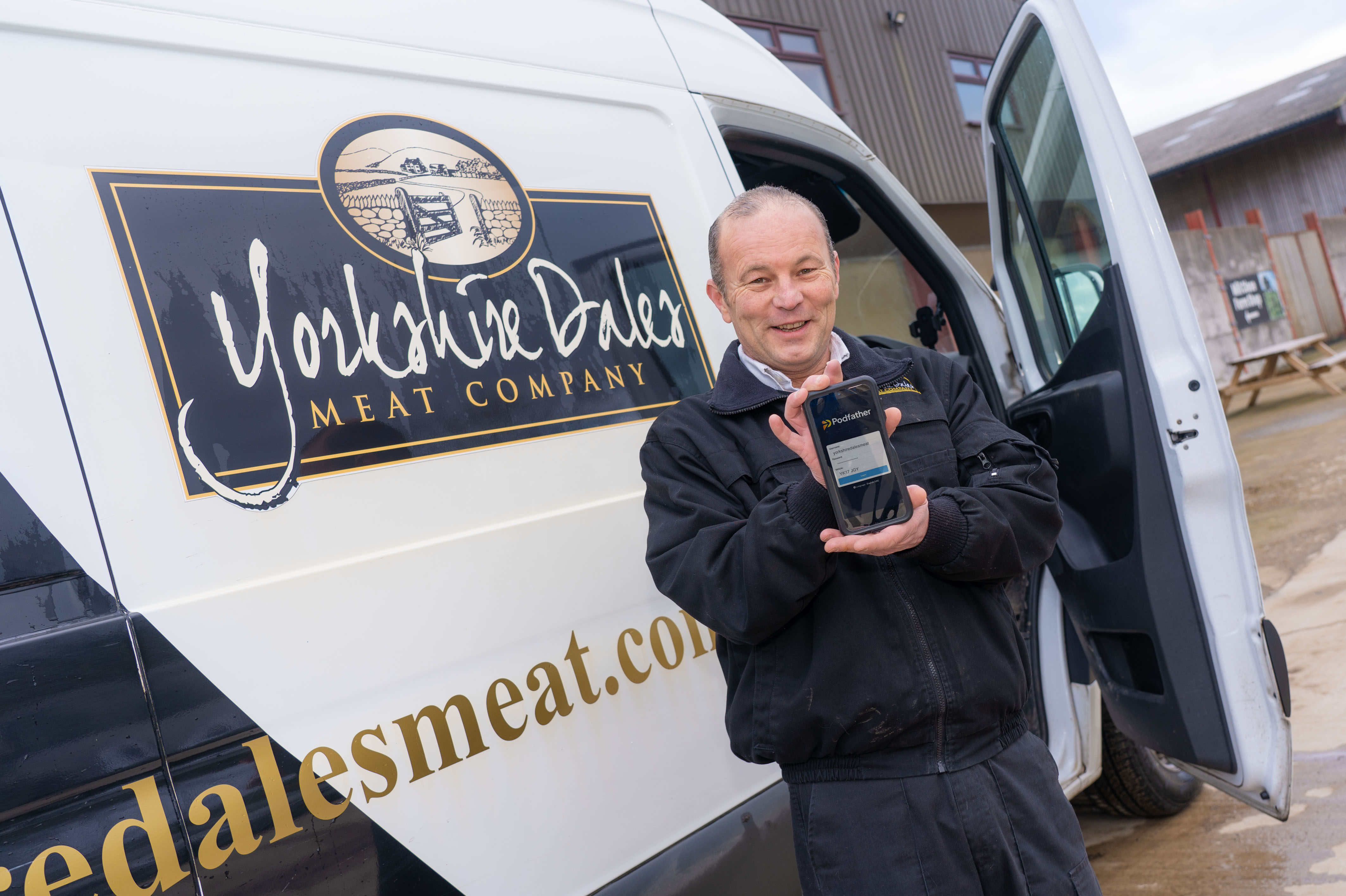How Route Optimisation Helps Reduce Carbon Emissions in Logistics

As the world becomes more environmentally conscious, industries across the globe are under increasing pressure to reduce their carbon footprints. The logistics sector, which relies heavily on transport, is a key contributor to carbon emissions. However, businesses are increasingly realising that route optimisation can play a major role in cutting emissions while improving efficiency.
In this blog, we’ll explore how route optimisation works, the environmental benefits it brings, and how your business can start using it to reduce its impact on the planet.
What Is Route Optimisation?
Route optimisation is the process of planning the most efficient routes for delivery vehicles to take. By analysing data such as traffic conditions, delivery locations, vehicle capabilities, and real-time factors like weather or road closures, logistics companies can determine the quickest, safest, and most cost-effective routes for their fleet.
But beyond efficiency, route optimisation also focuses on reducing fuel consumption and minimising unnecessary mileage, both of which are directly linked to carbon emissions.
How Does Route Optimisation Reduce Carbon Emissions?
- Minimising Unnecessary Miles: The longer vehicles are on the road, the more fuel they consume and the more emissions they produce. By optimising delivery routes, logistics companies can reduce the distance travelled, ensuring vehicles are taking the shortest, most efficient path to their destinations. Fewer miles on the road mean less fuel burned and fewer emissions released into the atmosphere.
- Reducing Idle Time and Congestion: Route optimisation tools can also help reduce idle time. Vehicles stuck in traffic or idling at intersections burn fuel without making progress. Optimising routes not only helps avoid congestion but also allows for better scheduling to ensure that vehicles are not idling unnecessarily. By analysing traffic patterns, route optimisation software can suggest the best times for deliveries, avoiding rush hours or other high-traffic periods that lead to inefficiency and excess emissions.
- Improving Fleet Efficiency: Different vehicles have different fuel efficiencies depending on their size and type. Route optimisation takes these factors into account, ensuring that the most fuel-efficient vehicle is assigned to each delivery. By matching the right vehicle to the right route, logistics companies can make sure their fleet is operating at peak efficiency, reducing fuel consumption and emissions.
- Supporting Electric and Low-Emission Vehicles: Route optimisation can also support the adoption of electric or hybrid vehicles. These vehicles often have specific range limitations and require careful route planning to ensure they can complete their deliveries without running out of charge. Optimising routes for electric vehicles also helps avoid unnecessary detours.
Additional Environmental Benefits of Route Optimisation
- Lower Fuel Costs: Route optimisation doesn’t just reduce emissions—it also lowers fuel costs. By cutting unnecessary miles, fuel consumption decreases, directly impacting the bottom line. These savings can be reinvested into sustainable practices, further reducing environmental impact.
- Better Maintenance for Longer Vehicle Lifespan: Efficient routes mean fewer stops and starts, reducing wear and tear on vehicles. This leads to fewer breakdowns, longer vehicle lifespans, and less frequent need for replacements, all of which help lower the environmental impact of manufacturing and disposing of vehicles.
- Enhanced Sustainability Reporting: As businesses face increasing pressure from both regulators and consumers to reduce their environmental impact, having a clear strategy for reducing carbon emissions is crucial. By implementing route optimisation, companies can track and report on the reductions in fuel consumption and emissions, demonstrating their commitment to sustainability.
Why is Route Optimisation Important for Your Business?
Adopting route optimisation doesn’t just benefit the planet, it also boosts your bottom line. Here’s how:
- Lower operational costs: Fuel is one of the largest expenses for logistics businesses. Route optimisation helps reduce these costs by cutting down fuel usage and improving fleet efficiency.
- Enhanced customer satisfaction: On-time deliveries are key to customer satisfaction. Optimised routes help ensure deliveries arrive on time, even in busy or high-traffic areas.
- Regulatory compliance: With increasing government regulations focused on reducing emissions, route optimisation helps businesses meet sustainability goals and stay compliant.
- Positive brand image: Today’s consumers are more environmentally conscious than ever before. By implementing eco-friendly practices like route optimisation, your business can boost its reputation and appeal to environmentally aware customers.
How to Start Using Route Optimisation for Your Business
If you’re ready to reduce your logistics-related carbon emissions, implementing route optimisation is the first step. Here’s how to get started:
- Choose the Right Software: There are many route optimisation tools available, ranging from simple route planners to more advanced systems that integrate with your existing fleet management software. Look for a solution that suits your business size and needs.
- Gather Accurate Data: Route optimisation relies on accurate data, including delivery locations, vehicle capabilities, and traffic patterns. Make sure your data is up to date and correct.
- Train Your Team: Ensure that your drivers and logistics managers are trained on how to use the new tools effectively. The more your team embraces the technology, the greater the benefits.
- Monitor and Adjust: Route optimisation is an ongoing process. Regularly review performance, monitor fuel usage, and adjust routes as needed to continually improve efficiency and reduce emissions.
Conclusion
Route optimisation is a powerful tool for reducing carbon emissions in logistics. By minimising miles, reducing idle time, and improving fleet efficiency, businesses can make a significant positive impact on the environment while also reducing operational costs.
With sustainability becoming increasingly important to consumers and regulators alike, implementing route optimisation is a smart move for any logistics business looking to improve both its bottom line and its environmental impact.


